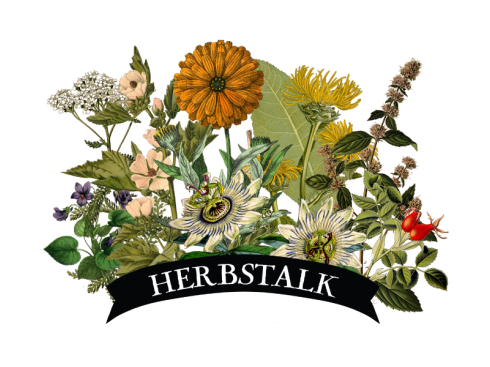Blueberry bushes yield more than just fruit….their leaves, though not as tasty as their berries, have medicinal properties that are far more useful.
A tea made with blueberry leaves can help to regulate, or even lower, blood sugar in diabetics. A simple cup in the morning before breakfast, and a cup in the evening before dinner, can make a world of difference. The key is to drink the tea on a daily basis – make it part of your routine.
We are fortunate to live in the northeast as both highbush and lowbush blueberries are plentiful in the wild. Two of the most common species found in our area are Vaccinium corymbosum (highbush) andVaccinium angustifolium (lowbush). While the two varieties typically prefer different soil conditions it is not unusual to find them growing side by side. The leaves of both varieties can be harvested at any time between May and October, and while mature leaves are perfectly fine, I prefer the new tender leaves that sprout at the ends of the branches. Not only are they a bit lighter tasting but ‘pinching’ the new leaves encourages new growth.
Small bundles of leaves still on their twigs can be hung to dry in a cool, dark, and well ventilated place. I find it takes much less time if the leaves are removed from the twigs and laid on a screen to dry. Either way, once the leaves are completely dried they should be stored in an airtight container. You would normally use 1 – 2 teaspoons of dried leaves for each cup of tea, steeped for a minimum of 5 minutes. If you want a stronger tea, or are making a large batch to be refrigerated, you may want to steep it for 15 to 20 minutes.
Perhaps plain old blueberry leaf tea is not robust or sweet enough for your taste buds? No need to add un-natural sweeteners….a pinch of stevia leaf, a dash of cinnamon, and a blueberry or two is all you need to make a decidedly different yet delicious cup of tea.
Stevia is another herb that is a “sugar challenged human’s” best friend. It is naturally sweet (just 1 teaspoon of powdered stevia leaves equals ¼ cup of sugar) and can be used not only in tea, but in coffee, cookies, jams, pies and more.
Stevia rebaudiana is native to the sub-tropical areas of South America and has been used for centuries by the Guarani. The plant, though bearing a resemblance to mint, grows to 2-3 feet in height and makes an excellent plant for small areas or containers as it is a slow spreader. It is relatively easy to grow by ‘rooting’ the stems to form new plants. The leaves should be picked before the plant blossoms and simply laid out to dry.
Blueberry and Stevia – two more of nature’s gifts.



 RSS Feed
RSS Feed